According to your heap dump, your biggest memory issue is the int arrays, indeed it takes nearly 70 % of your heap (Yes sort the Size Column instead).
- Select it in your heap dump, right click and select on
Show in Instances View
- Then browse the biggest objects and for each of them right click and select
Show Nearest GC Root to see which Object has still an hard reference to the int array which prevents to be eligible for the GC.
It could help you to find your memory leak assuming that it is a memory leak.
See below an example of Nearest GC Root allowing to identify a leak that I added intentionally to my program just to show the idea. As you can see in the screenshot, I have an array of int which cannot be eligible for the GC because it is stored in an HashMap called leak in my class Application, so I know that my memory issue could be due to this particular HashMap especially if I have many other objects which lead to this HashMap.

NB: Be patient when you try to identify a leak as it is not always obvious, the ideal situation is where you have a huge object that takes the whole heap but obviously it is not your case there is nothing really obvious that is the reason why I propose to investigate the int arrays first. Don't forget that it could also be little int arrays but thousands of them with the same Nearest GC Root.
Another trick, If you have JProfiler you can simply follow this wonderful tutorial to find your leak.
Response Update:
One simple way to better identify the root cause of the memory leak is to take at least 2 heap dumps then compare them using a tool like jhat with the syntax
jhat -J-Xmx2G -baseline ${path-to-the-first-heap-dump} ${path-to-the-second-heap-dump}
It will launch a small HTTP sever on port 7000 so:
- Launch http://localhost:7000/
- Then click on
Show instance counts for all classes (including platform)
You will then see the list of Classes ordered by total amount of new instances created. You can then use VisualVM to do what I described in the first part of my answer to find the root cause of your memory leak.
You can also use jhat
- By selecting of the Top Classes then for each of them
- click on one "Reference to this Object"
- then click on
Exclude weak refs
You will then see the GC root of each instances like the next screenshot:

Another way is to use Eclipse Memory Analyzer also called MAT.
- Open the second snapshot with it
- Select the view
histogram
- Then for each of the Top Classes right click
- Choose
Merge Shortest Paths To GC Roots/ Exclude All references
you will then see something like the next screenshot:



